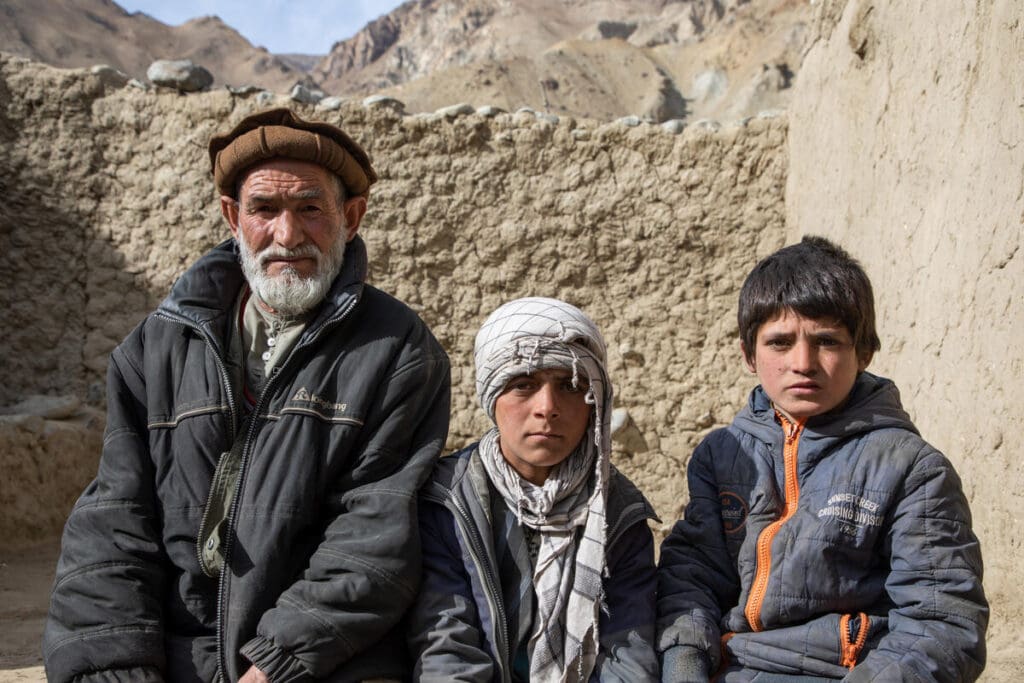15 Million Afghans Receive WFP Food Assistance so Far in 2021

KABUL – The United Nations World Food Programme (WFP) is rapidly ramping up humanitarian operations in Afghanistan to assist more than 23 million people facing severe hunger in the country in 2022, as inflation and currency depreciation make it even more difficult to feed themselves. The U.N. World Food Programme has assisted 15 million people so far in 2021, with 7 million assisted in November alone – up from 4 million in September.
The U.N. World Food Programme has also been able to preposition food in strategic locations across the northeast and central highlands of the country where heavy winter snows can cut off communities from assistance. This will ensure that the U.N. World Food Programme can provide a lifeline to areas that would otherwise be cut off.
“Afghanistan is facing an avalanche of hunger and destitution the likes of which I have never seen in my twenty plus years with the U.N. World Food Programme,” said Mary-Ellen McGroarty, U.N. World Food Programme country director in Afghanistan.
“I’m proud of what we’ve been able to achieve so far, but the needs are enormous and we have a huge amount to do to stop this crisis from becoming a catastrophe. We urgently need $220 million a month in 2022 to assist 23 million Afghans,” she warned.
According to the latest U.N. World Food Programme phone surveys, an estimated 98 percent of Afghans are not consuming enough food – a worrisome 17 percent rise since August. The spiraling economic crisis, conflict and drought has meant the average family can now barely cope.
Families are resorting to desperate measures as the bitter winter sets in; nine in every ten households are now buying less expensive food, eight in ten are eating less and seven in ten are borrowing food to get by.
- In November, the U.N. World Food Programme assisted more than 7 million people, dispatching over 50,000 metric tons of food – almost double the dispatches in September. In 2021, the U.N. World Food Programme has dispatched more than 200,000 metric tons of food.
- The U.N. World Food Programme has increased its storage capacity by 40 percent (to 88,000 metric tons) since August.
- In 2021 so far, the U.N. World Food Programme has assisted more than 15 million people across all 34 provinces in the country. In 2022, the U.N. World Food Programme will provide food and cash assistance for 23 million people in every province.
- The U.N. World Food Programme-managed United Nations Humanitarian Air Service (UNHAS) is providing a regional air bridge linking Pakistan and Tajikistan to Kabul, and domestic services across the country to transport humanitarian responders to the frontlines of the crisis. UNHAS has operated 2,497 flights in 2021, serving 13,577 passengers from 153 humanitarian organizations.
- The U.N. World Food Programme is working to provide nutrition treatment and malnutrition prevention for 1.6 million children, and pregnant and breastfeeding women.
- The U.N. World Food Programme is working to provide school meals, take-home rations and cash transfers for 1 million children across the country.
- The U.N. World Food Programme is working to provide training in vocational skills and environmental management for 1.1 million people.
Broadcast quality footage available here.
# # #
The United Nations World Food Programme – saving lives in emergencies and changing lives for millions through sustainable development. WFP works in more than 80 countries around the world, feeding people caught in conflict and disasters, and laying the foundations for a better future.
Follow us on Twitter @WFPUSA, @wfp_media and @wfp_Afghanistan




